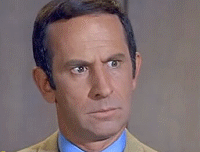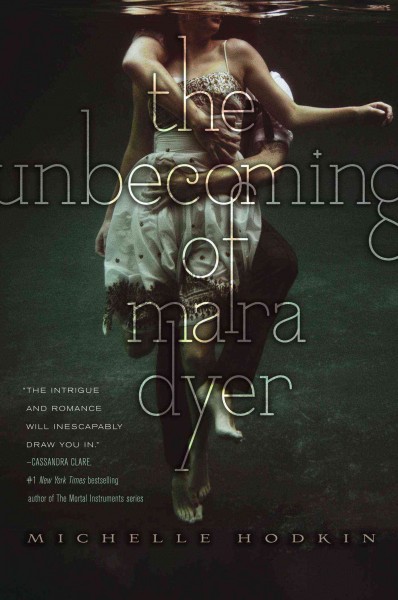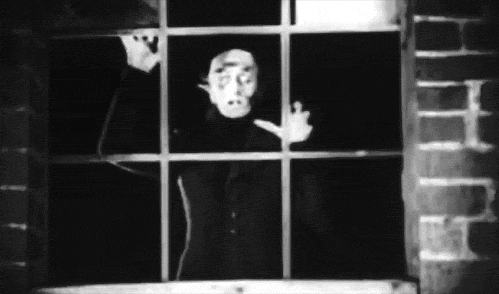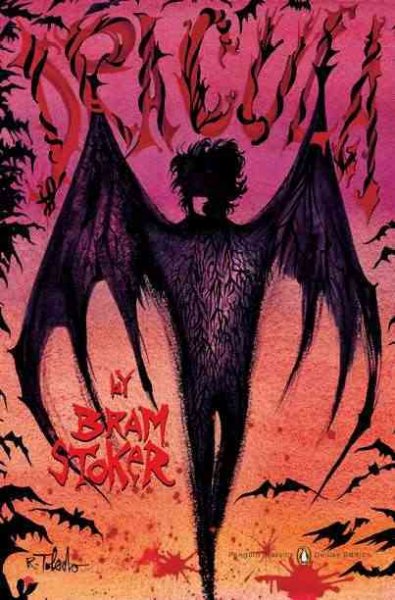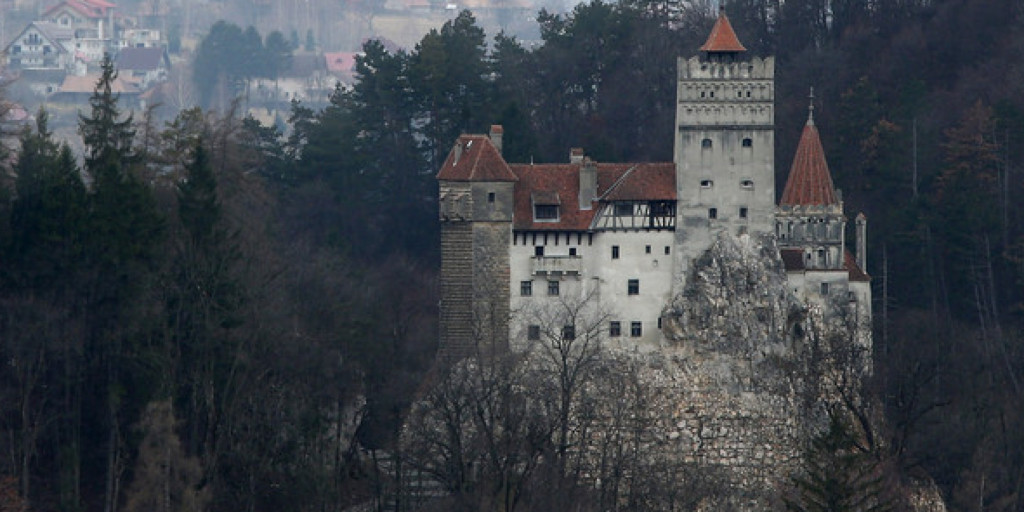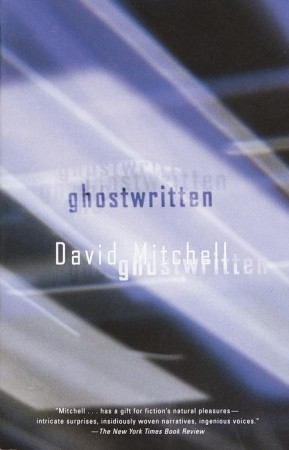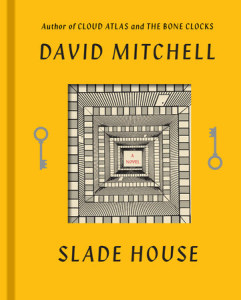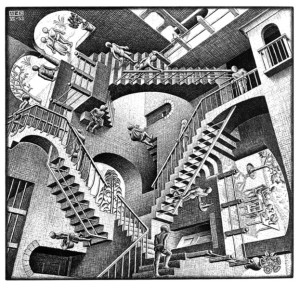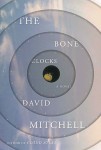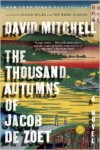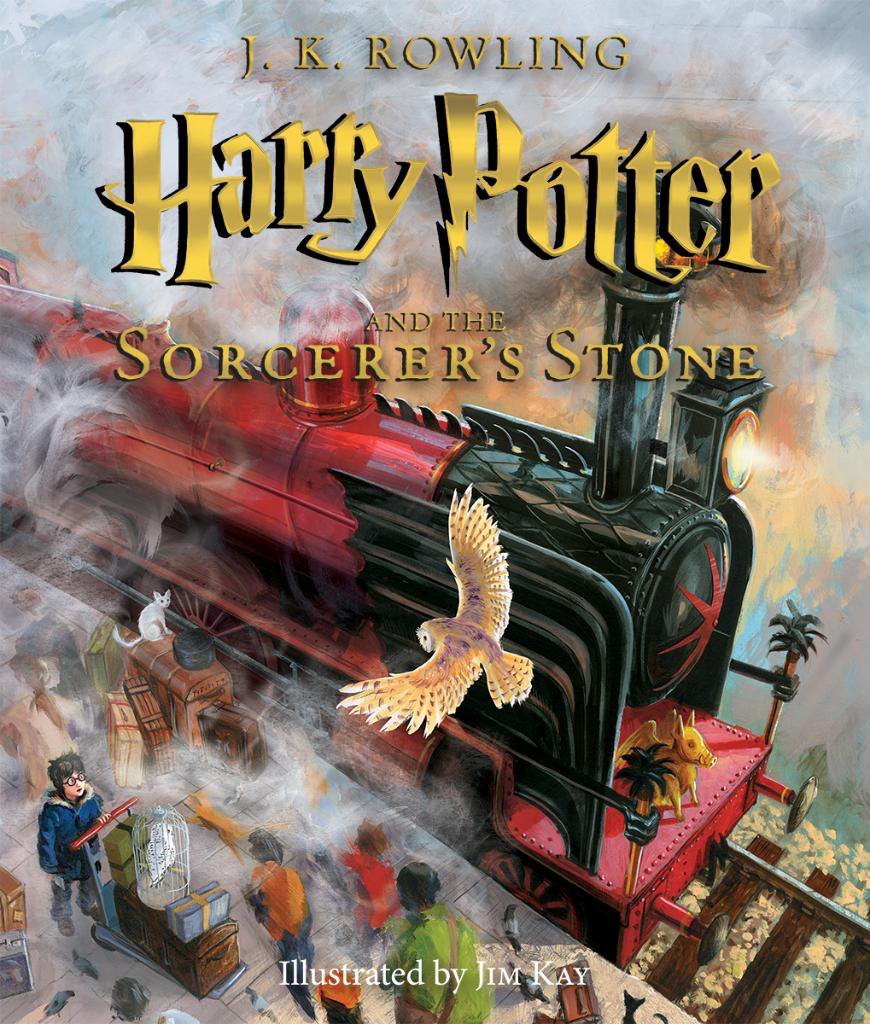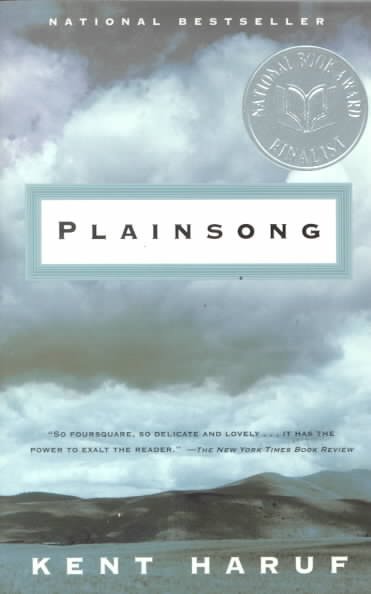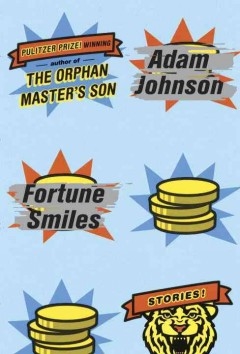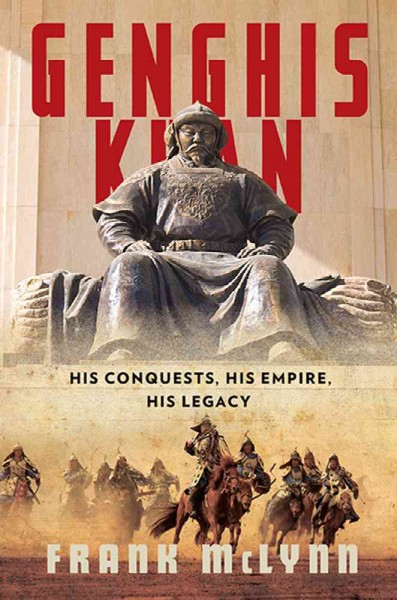So I’ve never read “magical realism” before, and that’s a term I hear applied to Salman Rushdie’s new book Two Years Eight Months and Twenty-Eight Nights often. Is it a book with a realistic setting except with a few splashes of magic? I’ll go look it up….
And I’m back. Ok, so the term “magical realism” originated around the 1950’s to describe an art style that depicted supernatural elements in a mundane way. But when the term is applied to literature, it means pretty much what I guessed above. I have also come across the term “urban fantasy”, and that’s somehow a completely different thing? So just how broadly does this term apply? I thought of Harry Potter as a fantasy book, but given the definitions I’ve seen, does this make it technically magical realism?
Now I’m hopelessly confused. If there’s anyone out there who can explain this to me, please come to Lemuria and help a bookseller out.
Enough about genre, let’s get to the story!
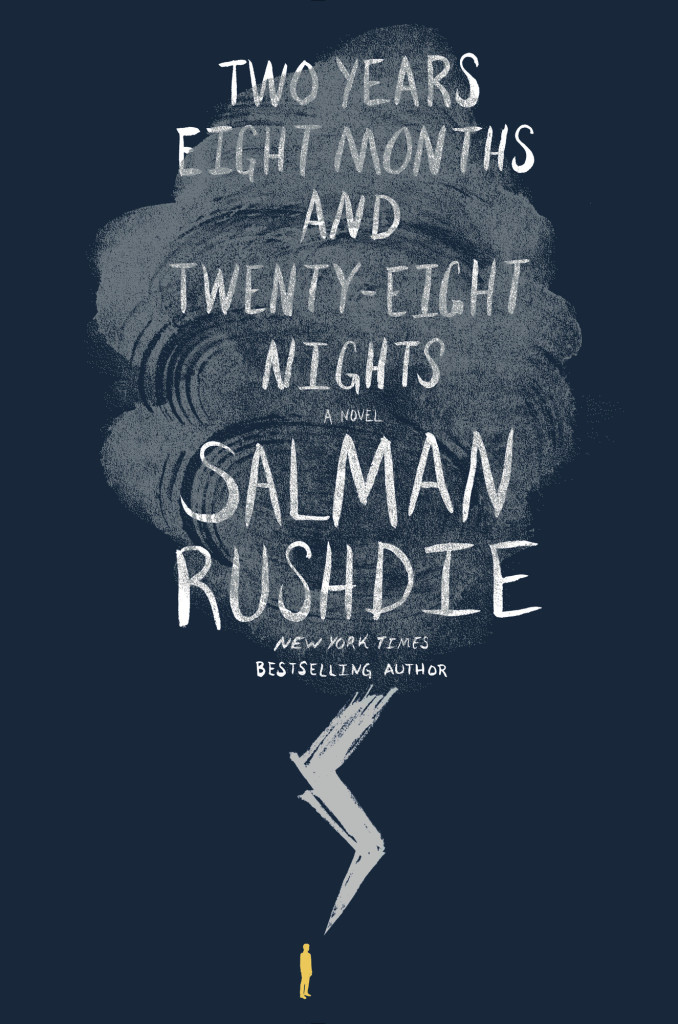 Rushdie’s new novel is narrated by beings 1000 years after the events of the story, and so you don’t get any up close, personal accounts of the characters, but distant recollections of events. Since I enjoy reading history books, I felt right at home with this. I feel like some readers might find this point of view a bit dry, since in fantasy we’re used to knowing the minds of our hero. But give the story time, it’ll grow on you.
Rushdie’s new novel is narrated by beings 1000 years after the events of the story, and so you don’t get any up close, personal accounts of the characters, but distant recollections of events. Since I enjoy reading history books, I felt right at home with this. I feel like some readers might find this point of view a bit dry, since in fantasy we’re used to knowing the minds of our hero. But give the story time, it’ll grow on you.
Basically, there is another reality called Peristan which is inhabited by supernatural beings called the jinn, who occasionally slip into our world to cause chaos or bless humans. Long ago, a jinn named Dunia fell for a mortal man, and together they had a ton of kids over the span of two years, eight months, and twenty-eight nights. (Which makes a total of 1,001 nights, in case you didn’t catch the reference.) Dunia’s lover eventually died, and Dunia returned to Peristan, and left all of her kids behind.
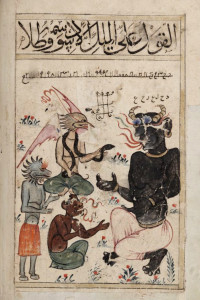 Skip ahead to years later, and random people all around the world begin to realize they have strange abilities (a gardener begins to levitate at will, a baby can detect the inner corruption of others, etc.). Of course these people are not random, and as descendants of Dunia they will be the only hope to face an oncoming war upon earth by the dark jinn.
Skip ahead to years later, and random people all around the world begin to realize they have strange abilities (a gardener begins to levitate at will, a baby can detect the inner corruption of others, etc.). Of course these people are not random, and as descendants of Dunia they will be the only hope to face an oncoming war upon earth by the dark jinn.
This book is full of references to Arabic mythology (which is so much fun to do further research on while you read this book!) and pop culture. There’s also a lot of underlying themes about migration, religion, and science. The writing style is also so tongue-in- cheek that it does not feel pretentious, but rather hilarious in parts.
I’m in the midst of my senior year in college, and I definitely needed some nice fantasy to escape into. Except, this didn’t feel like pure escapism, like I was doing mindless fun reading; starting Rushdie’s book made me feel like I was stumbling onto something huge and grand.


